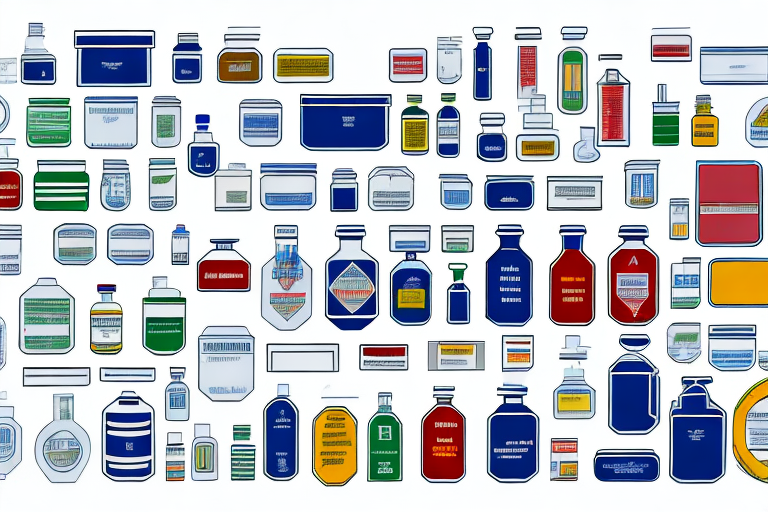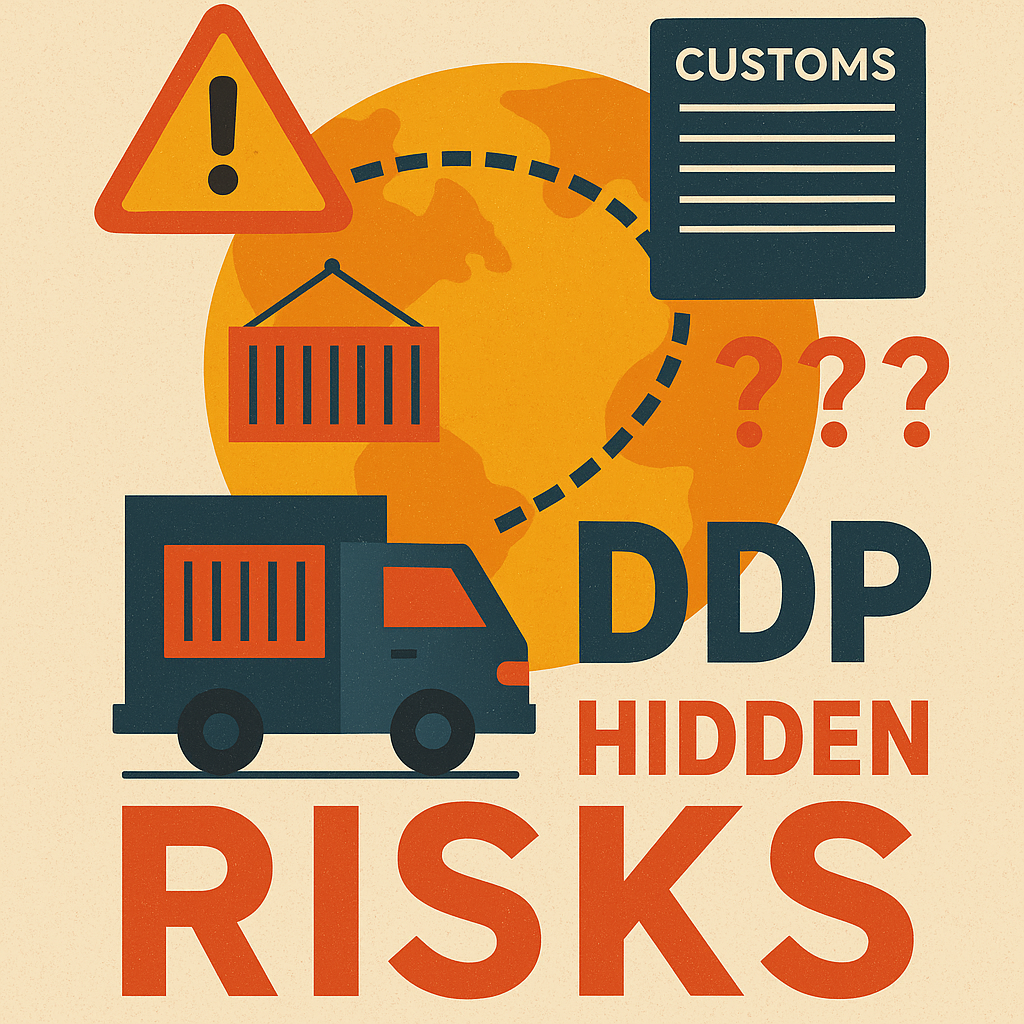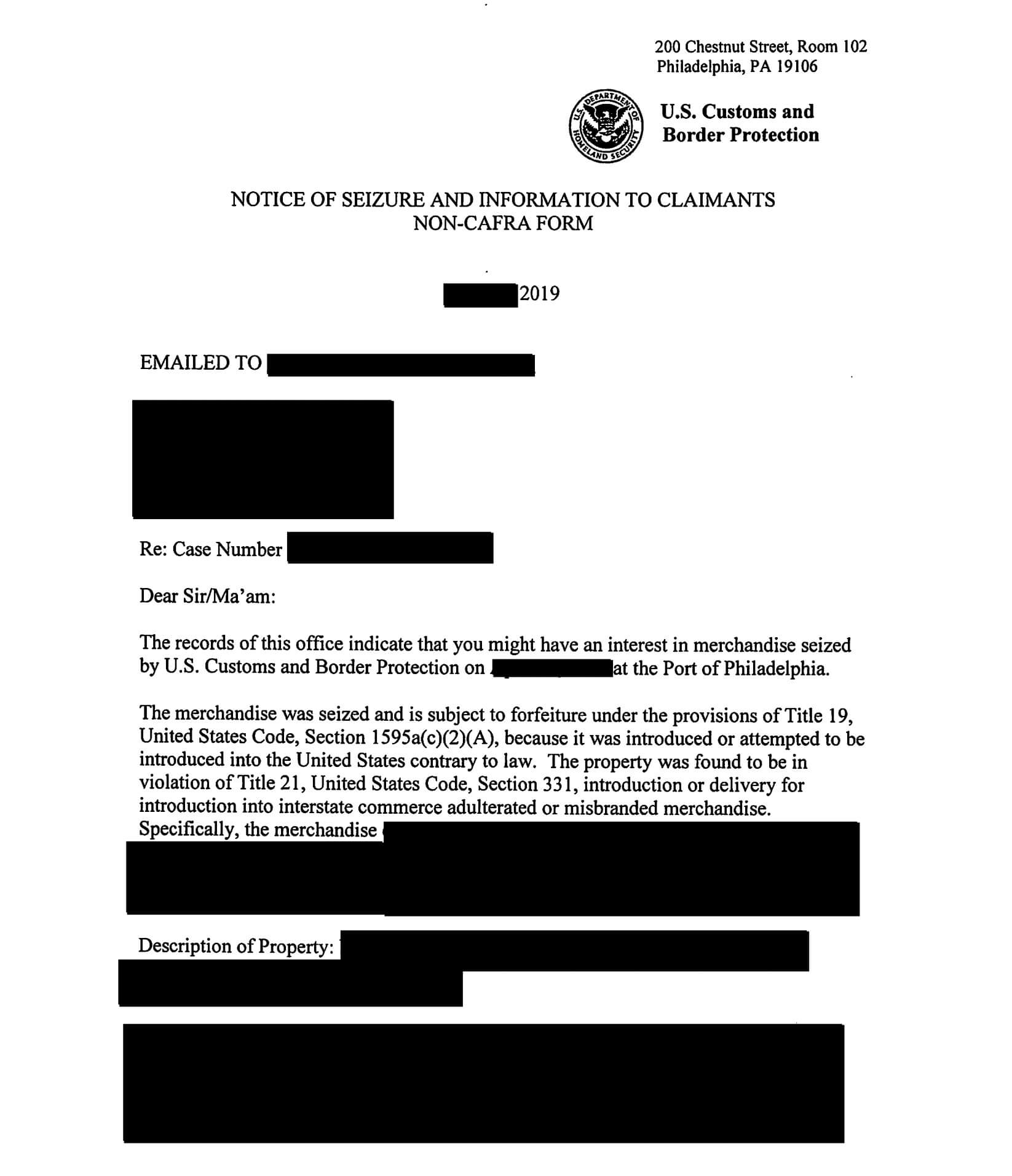In today’s global economy, the importation of chemicals and hazardous materials plays a crucial role in various industries. However, ensuring the safe importation of these substances requires proper classification and adherence to regulatory standards. This article will provide a comprehensive guide to classifying chemicals and hazardous materials for import.
Understanding the Importance of Proper Classification
Proper classification of chemicals and hazardous materials is essential for several reasons. Firstly, it helps identify the potential risks associated with these substances. By accurately classifying them, importers can determine the necessary precautions and safety measures to handle and transport these materials safely. Additionally, proper classification enables importers to comply with regulatory requirements, ensuring the protection of human health, the environment, and the security of the supply chain.
Secondly, proper classification allows for effective communication and sharing of information about the hazards of chemicals and hazardous materials. When substances are classified correctly, it becomes easier for manufacturers, suppliers, and users to understand and communicate the potential risks involved. This facilitates the implementation of appropriate safety protocols and the development of effective emergency response plans.
Furthermore, proper classification plays a crucial role in international trade. Consistent and accurate classification of chemicals and hazardous materials ensures that products are labeled correctly, allowing for smooth customs clearance and preventing delays or rejections at borders. This not only saves time and resources but also promotes global trade by maintaining transparency and trust among trading partners.
Key Regulations and Standards for Importing Chemicals and Hazardous Materials
Importing chemicals and hazardous materials requires adherence to various regulations and standards. These include international frameworks such as the United Nations’ Globally Harmonized System of Classification and Labelling of Chemicals (GHS) and regional laws such as European Union’s REACH (Registration, Evaluation, Authorization, and Restriction of Chemicals). Understanding and complying with these regulations is fundamental to importing these substances legally and safely.
In addition to the international frameworks and regional laws mentioned above, many countries have their own specific regulations and standards for importing chemicals and hazardous materials. For example, in the United States, the Environmental Protection Agency (EPA) enforces the Toxic Substances Control Act (TSCA), which requires the reporting and testing of certain chemical substances before they can be imported.
Furthermore, importers of chemicals and hazardous materials may also need to comply with industry-specific regulations. For instance, the transportation of hazardous materials is governed by the International Maritime Dangerous Goods (IMDG) Code for shipping by sea, the International Civil Aviation Organization (ICAO) Technical Instructions for shipping by air, and the Department of Transportation (DOT) regulations for shipping by land in the United States.
The Role of International Classification Systems
International classification systems, such as the GHS, provide a globally recognized method for classifying chemicals and hazardous materials. These systems use standardized criteria to assess the intrinsic properties and potential hazards of substances. By using internationally accepted classification systems, importers can ensure consistency in the classification of chemicals and hazardous materials, facilitating effective communication and collaboration across borders.
One of the key benefits of international classification systems is that they help to promote safety and protect human health and the environment. By accurately classifying chemicals and hazardous materials, these systems enable governments and regulatory bodies to establish appropriate safety measures and regulations. This ensures that workers, consumers, and the general public are protected from potential risks associated with the handling, storage, and transportation of these substances.
Furthermore, international classification systems play a crucial role in facilitating international trade. By providing a standardized method for classifying chemicals and hazardous materials, these systems help to streamline the import and export processes. This allows for smoother and more efficient trade transactions, as importers and exporters can easily communicate and understand the hazards associated with the substances being traded. Additionally, international classification systems help to prevent trade barriers and promote fair competition by ensuring that all parties adhere to the same classification standards.
Navigating the Harmonized System (HS) Codes for Accurate Classification
The Harmonized System (HS) is an internationally standardized classification system used for customs purposes. HS codes are numerical codes assigned to specific products to facilitate their identification during customs procedures. Importing chemicals and hazardous materials requires assigning the correct HS codes to these substances. Accurate classification using HS codes is crucial for efficient customs clearance and compliance with import regulations.
When navigating the Harmonized System (HS) codes, it is important to understand that these codes are not static and can be subject to updates and revisions. The World Customs Organization (WCO) regularly reviews and updates the HS codes to ensure they reflect changes in global trade and technology. Therefore, it is essential for importers and customs brokers to stay updated with the latest HS code revisions to ensure accurate classification and compliance with customs regulations.
Classifying Chemicals: Categories, Subcategories, and Specificities
Classifying chemicals involves categorizing them into different classes based on their physical, chemical, and toxicological properties. These categories include flammable liquids, corrosive substances, toxic compounds, and explosive materials, among others. Within each main category, further subcategories exist, allowing for more specific classification according to the nature and severity of the potential hazards posed by the substances.
Identifying Hazardous Materials: Types, Characteristics, and Risks
Identifying hazardous materials involves understanding their types, characteristics, and associated risks. Hazardous materials can range from explosive chemicals and radioactive substances to infectious materials and environmentally harmful substances. Importers must assess the risks posed by these materials and implement appropriate control measures to mitigate those risks effectively. This includes providing adequate labeling, packaging, and handling procedures.
Compliance with Global Safety Data Sheets (SDS) Requirements
Safety Data Sheets (SDS) provide detailed information about the hazards, handling, and emergency response measures associated with chemicals and hazardous materials. Importers must obtain and maintain up-to-date SDS for the substances they import. Compliance with SDS requirements ensures that importers have access to essential information to handle, store, and transport these materials safely.
Conducting Hazard Assessments and Risk Analyses for Imported Chemicals
Prior to importation, it is essential to conduct hazard assessments and risk analyses for chemicals and hazardous materials. These assessments help determine the potential risks and develop appropriate risk management strategies. By understanding the hazards associated with imported substances, importers can implement necessary control measures and ensure the safety of workers, the public, and the environment.
Essential Documentation for Importing Chemicals and Hazardous Materials
Importing chemicals and hazardous materials requires the completion of various documentation. These documents may include import permits, safety data sheets, packaging certificates, and transport documentation. Accurate and complete documentation is critical for regulatory compliance and efficient customs clearance processes.
Ensuring Labeling Requirements for Safe Handling and Transportation
Proper labeling is crucial for the safe handling and transportation of chemicals and hazardous materials. Labels provide essential information about the nature of the substances, potential hazards, and necessary precautions. Importers must ensure that imported materials are correctly labeled according to the applicable regulations to facilitate safe handling and prevent accidents or incidents.
Proper Packaging and Storage Guidelines for Imported Chemicals
Appropriate packaging and storage are vital for maintaining the integrity and safety of imported chemicals and hazardous materials. Depending on the nature and hazards of the substances, specific packaging and storage requirements must be met. Compliance with these guidelines ensures that imported materials are not subject to degradation or leakage, minimizing the risks associated with their handling and storage.
Understanding Import Restrictions and Prohibited Substances
Importation regulations may impose restrictions or prohibit the importation of certain chemicals and hazardous materials. Importers must familiarize themselves with these restrictions and ensure compliance to avoid legal consequences. Understanding import restrictions and prohibited substances also helps importers identify alternative solutions or materials that can be used without compromising safety or regulatory compliance.
Compliance with Import Licensing and Permitting Procedures
Importing certain chemicals and hazardous materials may require specific licenses or permits. Importers must comply with the applicable licensing and permitting procedures to ensure legal importation. Failure to obtain the necessary licenses or permits can result in delays, penalties, or even the prohibition of importing certain substances.
Customs Clearances and Inspections: Ensuring Adherence to Regulations
Entering substances into a new country involves customs clearances and inspections. This process ensures that imported chemicals and hazardous materials comply with national regulations and do not pose a risk to human health, the environment, or national security. Importers must provide accurate documentation, such as invoices, packing lists, and safety data sheets, to facilitate customs clearances and inspections.
Managing Hazards during Transportation: Best Practices and Regulations
The transportation phase is a critical part of the import process, as it presents numerous hazards and risks. It is crucial for importers to follow transportation regulations and implement best practices to minimize the potential risks associated with the movement of chemicals and hazardous materials. Proper vehicle selection, training of drivers, appropriate packaging, and adherence to transportation safety standards are all vital for ensuring safe transportation and minimizing accidents or incidents.
Training Employees on Safe Handling of Imported Chemicals and Hazardous Materials
Importers must prioritize the safety of their employees by providing adequate training on the safe handling of chemicals and hazardous materials. Comprehensive training programs should cover topics such as proper handling and storage procedures, emergency response protocols, and the proper use of personal protective equipment. Regular training and refresher courses ensure employees are knowledgeable and equipped to handle imported substances safely.
Implementing Emergency Response Plans for Accidents or Spills during Importation
Despite rigorous safety measures, accidents or spills involving imported chemicals and hazardous materials can still occur. Importers must have robust emergency response plans in place to mitigate the impact of such incidents. These plans should include procedures for containing spills, notifying relevant authorities, and protecting personnel, the public, and the environment. Regular drills and exercises also ensure preparedness and efficiency in emergency situations.
Monitoring and Maintaining Compliance with Importation Regulations over Time
Compliance with importation regulations is not a one-time effort; it requires continuous monitoring and maintenance. Importers should establish internal mechanisms to regularly review and update their importation processes, ensuring that they remain aligned with changing regulations and industry best practices. Regular audits and self-assessments help identify any areas of non-compliance and enable prompt corrective actions.
Collaborating with Regulatory Agencies to Ensure Safe Imports of Chemicals
Collaboration with regulatory agencies is crucial for importers to stay informed and ensure safe imports of chemicals and hazardous materials. Importers should establish open lines of communication with regulatory bodies, participate in industry associations, and seek guidance from experts. This collaboration facilitates knowledge sharing, regulatory updates, and enhances importers’ ability to meet the required standards and regulations for the safe importation of chemicals and hazardous materials.
In conclusion, classifying chemicals and hazardous materials for importation is a complex process that requires careful consideration and adherence to regulations. Importers must understand the importance of proper classification, comply with international and regional standards, and follow best practices to ensure the safe handling, storage, and transportation of these substances. By doing so, importers can protect human health, the environment, and ensure the smooth flow of the global supply chain.






